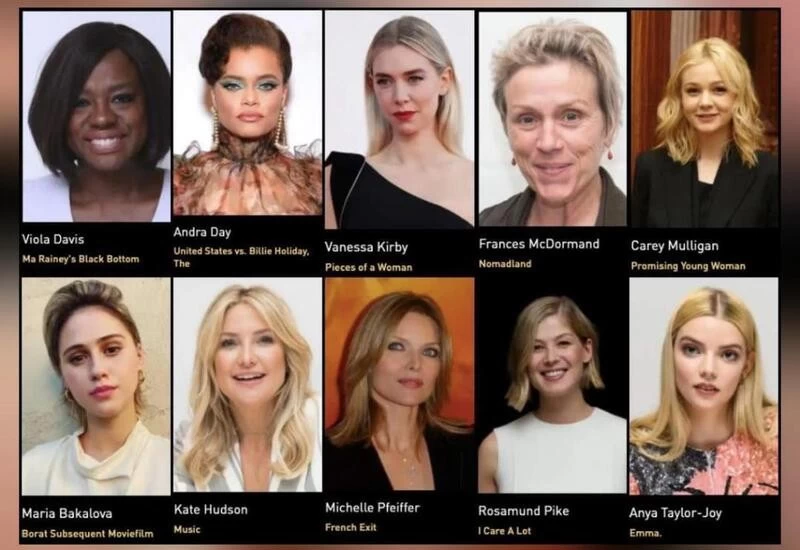Velvet Fabric Clothes: Elegance and Luxury Redefined

Velvet fabric clothes have long held a unique place in the world of fashion, synonymous with opulence, sophistication, and timeless elegance. This luxurious material, with its soft and smooth texture, has adorned royalty, graced high-fashion runways, and become a staple in wardrobes across the globe. From casual chic to red-carpet glamour, velvet's versatility and timeless charm make it a fabric of choice for many designers and consumers alike. In this article, we delve into the history, characteristics, uses, and modern trends of velvet fabric clothes, unraveling the reasons behind their enduring appeal.
The Origins of Velvet
Velvet traces its origins to ancient times, with its roots deeply embedded in the history of textile craftsmanship. The fabric first emerged in the Middle East, particularly in regions like Iraq and Egypt, during the early centuries of the Common Era. Its production later spread to China, India, and eventually Europe during the Middle Ages.
By the 14th century, velvet became a highly coveted material among European royalty and aristocracy. Italian weavers, particularly in Venice and Florence, were renowned for their exquisite velvet craftsmanship. The intricate weaving process, combined with the fabric's luxurious appearance, made velvet a symbol of status and wealth. Over time, innovations in textile manufacturing allowed velvet to become more accessible, expanding its reach beyond the elite classes.
Characteristics of Velvet
Velvet is distinguished by its soft, plush texture and shimmering appearance, which result from its unique weaving technique. The fabric is woven on a specialized loom that creates two layers of fabric simultaneously. These layers are then cut apart, creating a dense pile that gives velvet its characteristic texture. Key features of velvet include:
-
Softness: The dense pile creates a smooth, soft surface that feels luxurious against the skin.
-
Luster: Velvet’s fibers catch and reflect light, giving it a subtle sheen that enhances its visual appeal.
-
Durability: Despite its delicate appearance, high-quality velvet is a durable fabric that can withstand wear when properly cared for.
-
Versatility: Velvet can be made from various fibers, including silk, cotton, synthetic materials, and blends, catering to different price points and uses.
-
Rich Colors: The fabric’s texture enhances the depth and vibrancy of colors, making velvet garments visually striking.
Types of Velvet
Velvet comes in several variations, each offering unique qualities and applications. Some of the most popular types include:
-
Crushed Velvet: Characterized by a crinkled texture achieved through twisting or pressing the fabric while wet, crushed velvet adds a modern, edgy vibe to garments.
-
Stretch Velvet: Infused with spandex or elastane, this type offers flexibility and comfort, making it ideal for body-hugging designs.
-
Silk Velvet: The most luxurious and expensive type, silk velvet is prized for its ultra-soft texture and rich sheen, often used in high-end fashion.
-
Cotton Velvet: Heavier and less shiny than silk velvet, cotton velvet is more casual and suitable for everyday wear.
-
Velveteen: A short-pile fabric made from cotton or a cotton blend, velveteen is less lustrous but offers a similar look to velvet at a more affordable price.
-
Burnout Velvet: Featuring patterns created through a chemical process that dissolves parts of the fabric, burnout velvet is often used for decorative garments and accessories.
Velvet in Fashion History
Velvet has been a cornerstone of fashion through the ages, adapting to changing styles and trends. During the Renaissance, velvet gowns were a staple of European aristocracy, often embroidered with gold or silver thread. In the Victorian era, velvet became a popular choice for evening wear, adding a touch of drama and sophistication to women's dresses.
The 20th century saw velvet's reinvention across various fashion movements. In the 1920s, velvet was used in flapper dresses and evening capes, reflecting the glamour of the Jazz Age. By the 1970s, it became synonymous with bohemian and rock-inspired styles, appearing in flowing dresses, tailored suits, and even footwear. Today, velvet continues to inspire designers, gracing everything from casual streetwear to haute couture collections.
Modern Velvet Clothing
Velvet’s resurgence in contemporary fashion is a testament to its timeless appeal. Modern velvet clothing combines traditional elegance with innovative design, catering to diverse tastes and occasions. Here are some popular categories of velvet garments:
-
Dresses: Velvet dresses range from casual midi dresses to glamorous evening gowns. Their rich texture and sheen make them ideal for formal events, weddings, and holiday parties.
-
Blazers and Jackets: Velvet blazers and jackets add a touch of sophistication to both men's and women's wardrobes. Pairing a velvet blazer with jeans creates a chic, smart-casual look.
-
Pants and Skirts: Velvet trousers and skirts are versatile options for both daytime and evening wear. High-waisted velvet pants, for instance, can be styled with a blouse for a polished office look.
-
Tops and Blouses: Velvet tops, often adorned with ruffles, embroidery, or lace, offer a blend of vintage charm and modern style.
-
Loungewear: Luxurious yet comfortable, velvet loungewear sets and robes bring a sense of indulgence to home attire.
-
Accessories: From velvet handbags and shoes to headbands and scarves, accessories crafted from this fabric add a touch of elegance to any outfit.
Styling Velvet Clothes
Styling velvet requires a balance to avoid overwhelming the overall look. Here are some tips for incorporating velvet into your wardrobe:
-
Mix Textures: Pair velvet with contrasting textures like leather, denim, or satin for a visually interesting ensemble.
-
Neutral Colors: For a subtle look, opt for velvet garments in neutral shades like black, navy, or beige. These colors are versatile and easy to style.
-
Statement Pieces: Use velvet as a statement piece, such as a bold blazer or a standout dress, and keep the rest of the outfit understated.
-
Layering: Layer velvet pieces with lightweight fabrics for a balanced look. For example, a velvet cami can be layered over a sheer blouse.
-
Footwear: Velvet shoes, such as loafers, pumps, or boots, add a luxurious touch to any outfit, whether casual or formal.
Velvet for Special Occasions
Velvet is a go-to fabric for special occasions, thanks to its luxurious appearance and rich texture. During the holiday season, velvet dresses and suits are a popular choice for festive gatherings. Bridesmaids' dresses and wedding guest attire often feature velvet for winter weddings, offering warmth and elegance. Additionally, velvet is a favorite for evening wear, with designers frequently incorporating it into red-carpet gowns and tuxedos.
Velvet in Everyday Wear
While traditionally associated with formal attire, velvet has made its way into everyday fashion. Designers have reimagined the fabric for casual wear, incorporating it into t-shirts, joggers, and even sneakers. This shift has broadened velvet's appeal, making it accessible for daily use without compromising its luxurious feel.
Caring for Velvet Clothes
Velvet requires proper care to maintain its plush texture and vibrant appearance. Here are some tips for caring for velvet garments:
-
Avoid Crushing: Store velvet garments on padded hangers to prevent creases and flattening of the pile.
-
Spot Cleaning: Address stains promptly using a damp cloth and mild detergent. Avoid rubbing, as this can damage the fabric.
-
Dry Cleaning: Most velvet garments should be professionally dry-cleaned to preserve their quality.
-
Steaming: Use a handheld steamer to remove wrinkles and refresh the fabric. Avoid ironing, as direct heat can damage the pile.
-
Storage: Keep velvet garments in a cool, dry place, away from direct sunlight, which can fade the fabric.
Velvet Beyond Clothing
Velvet's allure extends beyond fashion, making it a popular choice for home decor and accessories. Velvet curtains, upholstery, and cushions add a touch of luxury to interiors, while velvet gift wrapping and ribbons elevate the presentation of special items. The fabric's versatility and aesthetic appeal ensure its presence in both fashion and lifestyle sectors.
The Sustainability of Velvet
As sustainability becomes a key consideration in fashion, velvet production has also evolved. Eco-friendly velvet options, such as those made from organic cotton or recycled materials, are gaining traction. These sustainable alternatives offer the same luxurious feel while minimizing environmental impact. Ethical production practices and conscious consumption further contribute to the fabric’s sustainable future.
Conclusion
Velvet fabric clothes embody a perfect blend of tradition and modernity, offering a timeless appeal that transcends eras and trends. Whether gracing a glamorous red carpet, enhancing everyday outfits, or adding a touch of luxury to home decor, velvet’s versatility and elegance make it a cherished choice for many. With proper care and thoughtful styling, velvet garments can be a long-lasting and cherished addition to any wardrobe, celebrating the enduring beauty of this remarkable fabric.
What's Your Reaction?

















